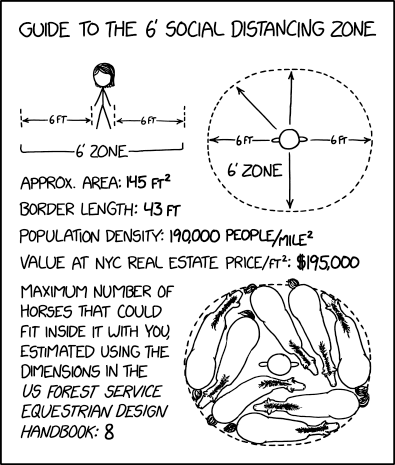In my capstone class for future secondary math teachers, I ask my students to come up with ideas for engaging their students with different topics in the secondary mathematics curriculum. In other words, the point of the assignment was not to devise a full-blown lesson plan on this topic. Instead, I asked my students to think about three different ways of getting their students interested in the topic in the first place.
I plan to share some of the best of these ideas on this blog (after asking my students’ permission, of course).
This student submission again comes from my former student Ashlyn Farley. Her topic, from Geometry: finding the area of a right triangle.
Music is a large part of entertainment in today’s society, thus bringing in music to the classroom can help students relate to the material more. There have been studies that shows music activates both the left and right brain, which can maximize learning and improve memory. Along with the fact that it’s easier to memorize lyrics to a song than a fact, music-based learning can be engaging and impactful. It’s the same reason why musicians put a hook in their songs; brains look for patterns to better understand and process information. For the area of a triangle there are two examples, one is a rap by PBS, “Area of a Triangle Musically Interpreted,” the other is a pop parody, “Half It Baby.” By having multiple types of songs, students who have a variety of musical interest can each make a personally connection, and having a parody makes memorizing the lyrics even easier since the students will already have a reference of the melody in their brains. These songs, and other types, can be found on YouTube.
Origami is heavily based in geometry, so many lessons, such as finding area, can be created. One activity that could be engaging for the students, and have the students find the area of a triangle themselves, is with origami. The idea is that the students will create their own origami figures, after taking the area of the paper they are working with. After folding the shape, the students are to find the area of each shape, which should add up to be to total of the paper. Therefore, this project, applies the ideas of finding the area of a triangle, and finding the area of composite figures. Since origami is mainly quadrilaterals and triangles, the students are using what they know and see to figure out what the triangles’ areas equal. Because the students get to choose the origami figures, the material becomes personalized by their choices. However, this can be a difficult task if not scaffolded correctly, thus the teacher should take precautions. Done correctly, this project can be done as PBL if desired, not just group work.
Finding the area of a triangle, as well as many other shapes, is very important in architecture. However, architecture, and its designers, have very different understandings of the triangle’s meaning. A basis for all architecture, is the fact that triangles are common because the design and symmetry aid in distributing weight. Some examples of famous long-standing triangles in architecture are the Egyptian pyramids, The east Building in the National Gallery of Art in Washington, the Hearst Tower in Manhattan, the Louve in France, and the Flatiron Building in New York City. Some of these designs are using triangles as support, while others are used for decoration. However, according to Feng Shui, the triangle should be avoided, both in terms of architecture and interior design. The triangle is associated to fire energy which is chaotic energy. When triangles are used, they should point upward, implying the upward movement of energy. As seen, there are many times that the area of triangle is needed in architecture.
Resources:
- https://sciencing.com/famous-buildings-build-school-project-7890444.html
- https://asianlifestyledesign.com/2021/08/feng-shui-and-triangles/
- https://www.fnu.edu/benefits-studying-music/
- https://kera.pbslearningmedia.org/resource/mgbh.math.g.baseh/area-of-a-triangle-musically-interpreted/
- Area of Triangle Song-“Half it Baby” – YouTube



